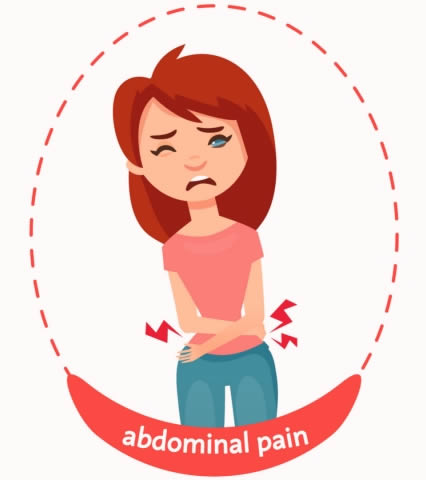Pelvic Floor Therapy May Be One of Your Best Painful Periods Treatment Options
Painful periods are common, but why suffer?
According to the American College of Obstetricians and Gynecologists, more than half of those who have periods suffer from “dysmenorrhea” (pain associated with their cycles) 1-2 days each month.
What causes the pain?
There are two main causes of the pain associated with menstruation:
- Primary dysmenorrhea is pain caused by the related to menstruation and starts shortly before or after bleeding begins
- Secondary dysmenorrhea is period pain that is tied to another condition, usually endometriosis or fibroids
Although period pain is a commonly shared experience, your pain shouldn’t be keeping you from doing things like resting comfortably, going to school, going to work, or being active.
Medical Treatment
When seeing a gynecologist or general practitioner for dysmenorrhea, a medical history review and a pelvic exam may be completed. Other exploratory procedures may be done to rule out any medical conditions that should be treated. and possibly an ultrasound or laparoscopy will be completed. Treatment may include medications like nonsteroidal anti-inflammatory drugs (NSAIDs) like ibuprofen, other doctors may suggest birth control, or other procedures.
What Helps Painful Periods?
A 2014 review of literature aimed to see if physiotherapy (that’s the international equivalent to Physical therapy) could help with painful periods. An earlier 2007 study also aimed to look at helpful treatments for painful periods.
The reviews found that a variety of interventions were indeed helpful. Here is a short summary:
- Nonsteroidal anti-inflammatory drugs (NSAIDs) like ibuprofen, help with period pain, however these drugs may cause GI symptoms and ulcers. Please consult your doctor for correct dosage for your symptoms.
- Topical heat helps ease pain with periods. Try hot water bottles or heating pads for home use. There are also over the counter heating pads that stick to the inside of your underwear for use outside of the house.
- Transcutaneous electrical nerve stimulation (TENS) units can help reduce pain with periods, according to the study. A physical therapist can help you figure out the correct placement of the electrodes.
- Acupuncture and acupressure can help reduce pain with periods. Discuss with your doctor if acupuncture is right for you.
- Abdominal, myofascial, and connective tissue massage has been shown to reduce pelvic pain, including pain with menstruation. A trained therapist can give you treatment in the clinic as well as show you techniques you can do at home.
- Therapeutic exercise including pilates and belly dance were shown to have clinical benefit for pain with periods.
Can Pelvic Floor Therapy Help?
A trained pelvic health therapist can help reduce discomfort with periods by teaching you pain management strategies that work for you.
What types of treatments you can expect with pelvic floor therapy:
- Therapeutic Exercises
- We will teach you exercises that increase range of motion, mobility, and lubrication in the low back and pelvic region, reducing stiffness and pain.
- Neuromuscular Re-Education
- We will conduct a thorough intake examination to help determine if you have pelvic floor dysfunction that is contributing to your pelvic pain and painful periods.
- If dysfunction is present, we will help re-coordinate your brain and body to help the pelvic floor muscles rest in a more relaxed state, reducing pelvic cramps and muscle spasms in the area.
- Abdominal massage
- We will teach you techniques to help you relax the tissue restrictions in the abdominal and pelvic cavities that could be contributing to cramps and bloating.
- Myofascial Release
- Using manual therapy to address abdominal and pelvic girdle muscles that can be tight or in spasm, causing pain.
Give the therapists at Femina Physical Therapy a call or schedule an appointment today!
Resources
American College of Obstetricians and Gynecologists, ACOG. Dysmenorrhea: Painful Periods.
https://www.acog.org/-/media/For-Patients/faq046.pdf?dmc=1&ts=20150618T1901432825
Gerzson, Laís Rodrigues, Padilha, Juliana Falcão, Braz, Melissa Medeiros, & Gasparetto, Andriele. (2014). Physiotherapy in primary dysmenorrhea: literature review. Revista Dor, 15(4), 290-295. https://dx.doi.org/10.5935/1806-0013.20140063
Proctor, M. L., & Farquhar, C. M. (2007). Dysmenorrhoea. BMJ Clinical Evidence, 2007, 0813. https://www.ncbi.nlm.nih.gov/pmc/articles/PMC2943779/#BMJ_0813_I10

